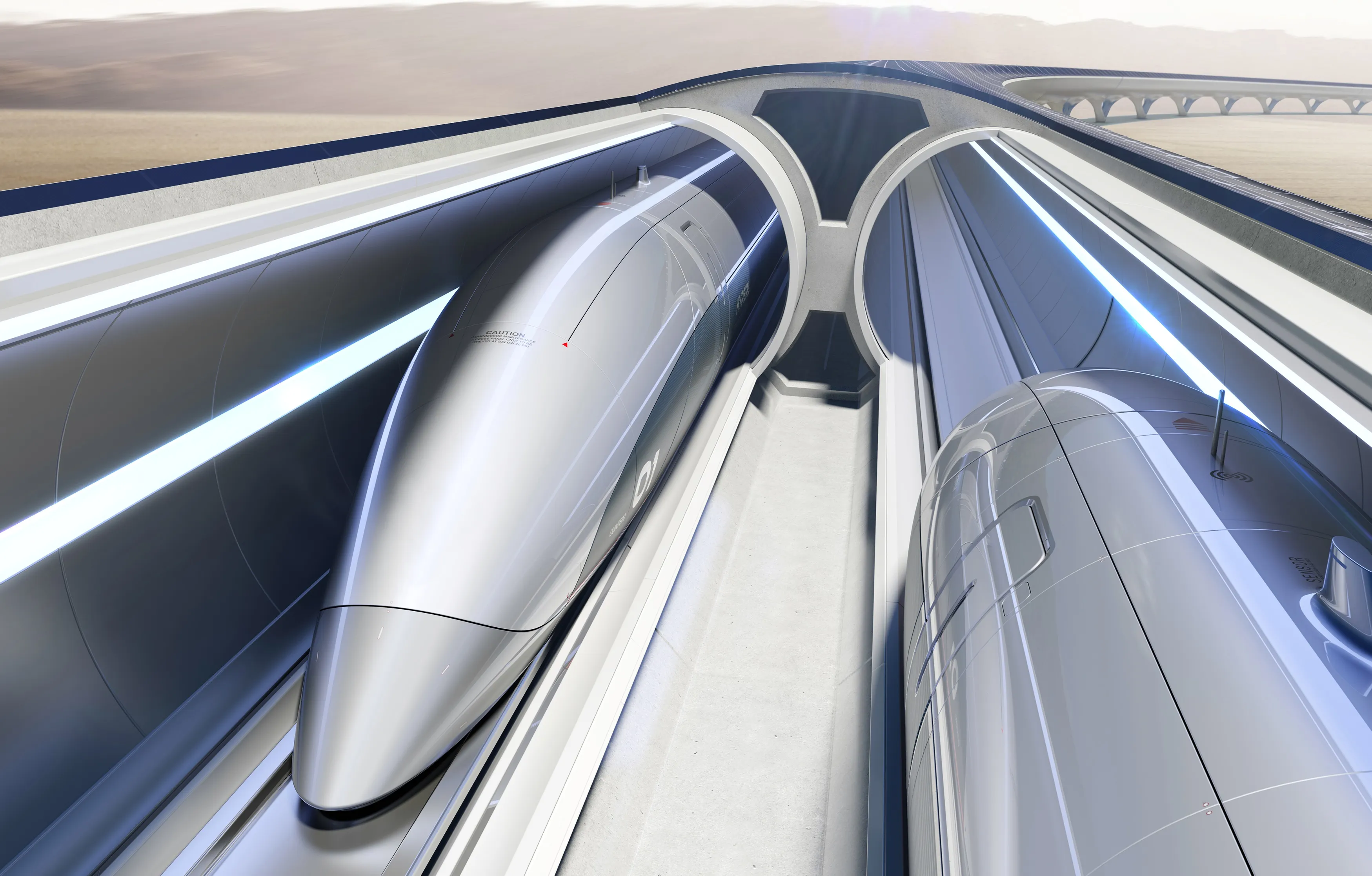A joint venture composed of Thales and Siemens Rail Automation has been awarded a contract valued US$75 million by Spanish infrastructure manager Adif for the installation of signalling, traffic control, European Train Control System (ERTMS), communications and video surveillance technologies along the 50 kilometre Pajares line, which is part of the León-Asturias high-speed line, linking the centre of Spain to the north of the country. The two companies will also maintain the installation for at least a ye
April 25, 2014
Read time: 2 mins
A joint venture composed of 596 Thales and 189 Siemens Rail Automation has been awarded a contract valued US$75 million by Spanish infrastructure manager Adif for the installation of signalling, traffic control, European Train Control System (ERTMS), communications and video surveillance technologies along the 50 kilometre Pajares line, which is part of the León-Asturias high-speed line, linking the centre of Spain to the north of the country. The two companies will also maintain the installation for at least a year, with the possibility of a one-year extension.
The contract also includes the development and installation of train protection systems, fixed-line telecommunications, centralised traffic control (CTC), access control and video surveillance systems.
The works will be carried out in two phases; the First to allow for commercial operation under the protection of the Automatic Braking and Signal Announcement (ASFA) system supplied by Siemens Rail Automation; and the second will see the installation of the ERTMS Level 2 system supplied by Thales, which will allow trains to reach speeds of up to 350 kilometres per hour.
The contract also includes the development and installation of train protection systems, fixed-line telecommunications, centralised traffic control (CTC), access control and video surveillance systems.
The works will be carried out in two phases; the First to allow for commercial operation under the protection of the Automatic Braking and Signal Announcement (ASFA) system supplied by Siemens Rail Automation; and the second will see the installation of the ERTMS Level 2 system supplied by Thales, which will allow trains to reach speeds of up to 350 kilometres per hour.









